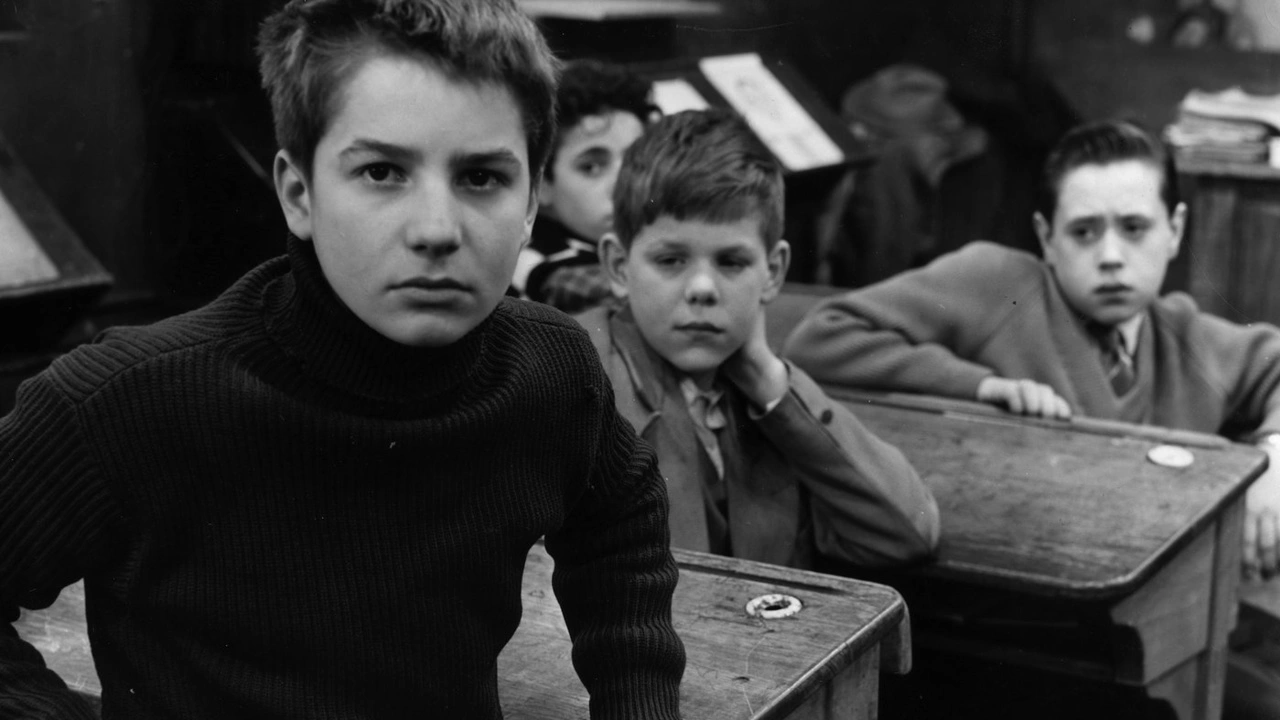french new wave
est. 1955 – late 1960s
The French New Wave or La Nouvelle Vague, is one of the most iconic and influential film movements in the history of cinema. Emerging in the late 1950s and flourishing throughout the 1960s, it transformed the cinematic landscape not only in France but also worldwide, and marked cultural and intellectual transformation of the cinema.
Beginnings of the French New Wave
The French New Wave had its roots in the post-World War II era, a time when Europe was rebuilding and undergoing significant social and cultural changes. This period of transition was also reflected in the realm of cinema. Young cinephiles, inspired by their love of film and a desire to break free from the constraints of mainstream filmmaking, began to congregate around the pages of Cahiers du Cinema, a prominent French film journal, which still exists today.
This group of passionate film critics and writers turned filmmakers was instrumental in shaping the French New Wave. They were not content with merely analyzing films in print, instead they wanted to make films that would break the rules, challenge the establishment, and speak to the burgeoning intellectual and cultural shifts of the era. Films of the Golden Age of Hollywood, especially those of the 1940s and 1950s, and the authentic, unpolished style of Italian Neorealism were significant influences on the La Nouvelle Vague filmmakers.
The French New Wave is synonymous with the concept of the “auteur,” a term used to describe a filmmaker who is the author of their work, imprinting their unique vision on every aspect of the film. This approach allowed for greater artistic freedom and individual expression in filmmaking, emphasizing the director’s role as the primary creative force behind a film.

Characteristics of the French New Wave
The New Wave filmmakers rebelled against the conventions of classical cinema, which often relied on elaborate sets, studio shooting, and formulaic narratives. Instead, they embraced location shooting, using Parisian streets and everyday locations. This departure from the studio set allowed them to capture the essence of life. In addition to their dedication to realism, New Wave films were characterized by their playful experimentation with narrative structures. Rejecting linear storytelling in favor of non-linear, fragmented, or episodic narratives, directors encouraged viewers to actively engage with the storytelling process.
The movement introduced innovative cinematography techniques, including hand-held cameras, jump cuts, and unconventional framing. These techniques gave their films a dynamic and spontaneous quality, distancing them from the static and meticulously planned shots of classical cinema.
Many French New Wave films frequently explored existential and philosophical themes. The characters often grappled with issues of identity, love, alienation, and the human condition. This introspective exploration added depth and complexity to their narratives.


Prominent Filmmakers and their Works
Francois Truffaut’s debut film, “The 400 Blows” (1959), is considered a cornerstone of the French New Wave. It is a semi-autobiographical coming-of-age story that captured the nature of youth and rebellion, mirroring the sentiments of a generation struggling to free themselves from the past.
Furthermore, Jean-Luc Godard’s “Breathless” (1960) is another iconic film, known for its innovative cinematography and its depiction of an alienated couple on the run. Godard’s subversive approach to filmmaking was emblematic of the movement, as he pushed the boundaries of storytelling and filmmaking techniques.
Although not part of the original Cahiers du Cinema group, Agnes Varda was a pioneering female director closely associated with the French New Wave. Her film “Cleo from 5 to 7” (1962) is celebrated for its portrayal of a singer’s existential journey through Paris, blending artistic innovation with an exploration of femininity and identity.

enduring legacy and lasting impact
The French New Wave’s impact on cinema is immeasurable. Its influence can be seen in the works of subsequent generations of filmmakers, from American directors like Martin Scorsese and Quentin Tarantino, who have incorporated New Wave aesthetics and storytelling techniques into their films, to international auteurs like the Hong Kong New Wave’s Wong Kar-wai, whose films exhibit the same sense of romanticism and free-spirited creativity.
In addition to shaping individual directors, the French New Wave inspired new film movements around the globe. The spirit of innovation and rebellion against conventional cinema found resonance in various countries, fostering a more diverse and dynamic global film culture. This legacy underscores the French New Wave’s pivotal role in redefining what cinema could be and how it could communicate complex human experiences and societal issues.
Ultimately, the French New Wave represents a cinematic revolution that challenged established norms, encouraged individual artistic expression, and reshaped the language of cinema. Its enduring impact is a testament to the power of cinema to engage with intellectual, existential, and philosophical themes while inviting the audience to actively participate in the storytelling process. The French New Wave continues to inspire filmmakers and captivate audiences, reinvigorating cinema with each new generation of cinephiles.
Refer to the Listed Films for the recommended works associated with the movement. Also, check out the rest of the Film Movements on our website.
